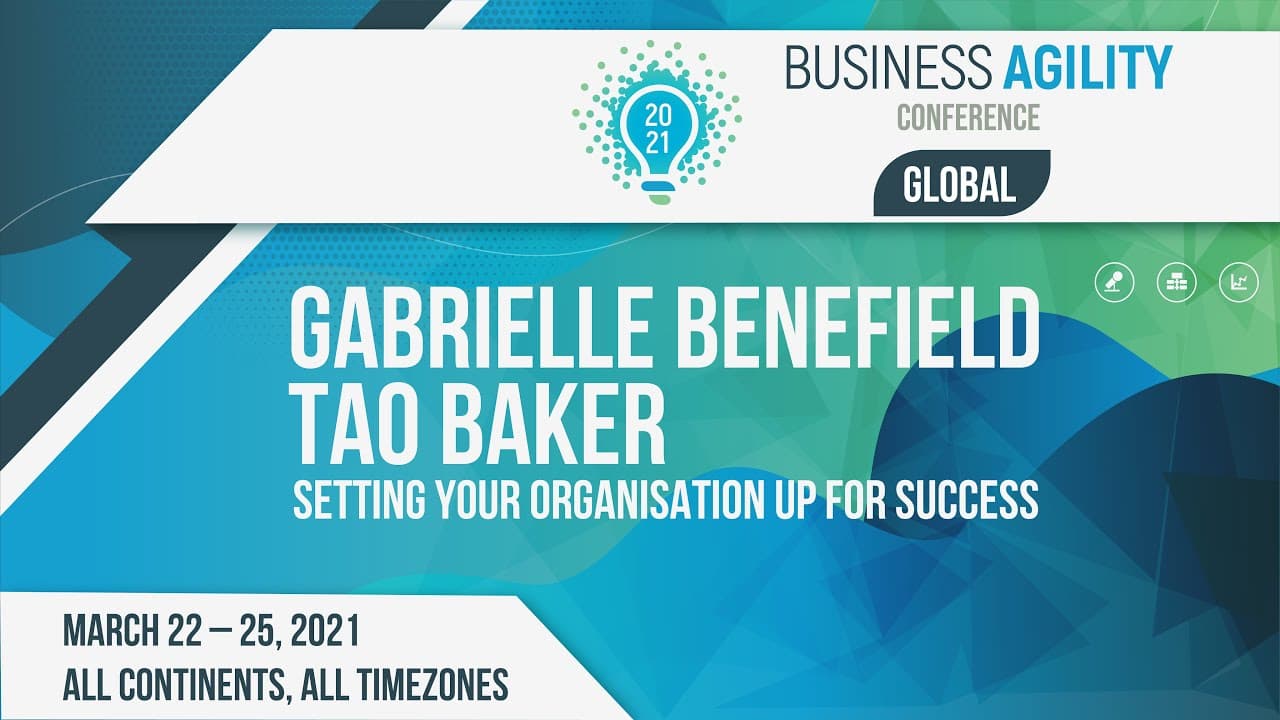Let’s start with a story I love. Architect Alastair Parvin once shared a case where a school was struggling with congestion in its hallways. Narrow corridors led to bullying, fights, and students arriving late to class. The school had already resigned itself to spending £20 million to redesign and expand the corridors.
Instead of jumping into a solution, Alastair’s firm stepped back and examined the problem. When the bell rang, students poured into the halls, causing congestion and conflict. They decided to experiment. They bought individual bells for each classroom and let teachers ring them when they were ready. Naturally, no two teachers rang their bells at exactly the same time, staggering student movement. The congestion problem disappeared—solved for just £500.
This is what we all want: the simplest path to meaningful outcomes. But why don’t we always achieve that?
The Pressure to Deliver
There’s immense pressure to deliver—to meet deadlines, hit milestones, and complete a high number of stories or points in Agile environments. Even OKRs are becoming more activity-based, increasing the focus on output instead of outcomes.
But is "more" always better? Take a look at a complex TV remote control. If more buttons equaled more value, this would be perfect. But often, more features add confusion, not value.
One man visiting his grandmother noticed she kept getting up to change the TV channel manually. When he asked why, she said, "There are too many buttons. I can't find the one I need." His solution? He simplified the remote, covering unnecessary buttons, so she could easily use it.
Organizations face the same issue—too much complexity. We need to focus on the essential and remove the clutter.
The Overload of Frameworks
To deal with complexity, organizations introduce multiple frameworks: Agile, Kanban, Scrum at Scale, SAFe, and more. Each offers value, but they often overlap or create confusion.
- Design Thinking helps build the right thing.
- Agile helps build it fast and right.
- However, Design Thinking can lead to over-analysis, and Agile can lead to rapidly building the wrong thing.
What we need is balance.
Introducing Mobius
Mobius provides a way to integrate multiple frameworks cohesively. It helps us:
- Understand why we’re doing something.
- Discover what is really going on.
- Generate options for solutions.
- Design experiments to test ideas.
- Measure the results to determine impact.
This approach ensures continuous learning, enabling organizations to adapt, improve processes, and create better customer experiences.
Mobius in Action
We’ve used Mobius across industries—from fintech and medtech to cultural change and strategic innovation. One of our recent applications was for a restaurant in Chelsea, rebooting after the pandemic.
One of my favorite uses is in social impact. Entrepreneurs in Pakistan and Yemen are leveraging this approach to innovate their businesses and drive meaningful change.
How One Organization Applied Mobius
Tayo’s Experience:
When I joined my organization 18 months ago as Head of Digital Innovation, I noticed:
- Scattered Agile and Kanban pockets.
- Expensive consultants and vendors.
- A lack of a common language for innovation.
- Overuse of PowerPoint, leading to "death by slides."
I wanted an approach that:
- Created a sustainable framework for innovation.
- Built a shared language across teams.
- Embraced existing methodologies instead of replacing them.
- Encouraged engagement and co-creation.
After researching global trends, I discovered Mobius through Gabrielle, an exceptional Agile trainer. It resonated with me immediately—visual, flexible, non-linear, and simple enough to fit on one page. We adopted it and quickly saw the impact.
Case Study: Contact Center Improvement
One of our first Mobius experiments was in reducing customer complaints in a contact center. The project had been stuck for months, with no progress.
In just three hours, we:
- Defined the core problem.
- Mapped out stakeholders and their needs.
- Identified customer and business outcomes.
- Generated potential solutions.
- Prioritized actions and assigned owners.
The session was a breakthrough. Instead of endless discussions, we focused on tangible next steps.
Case Study: Open Banking Strategy
Another project involved responding to regulatory changes in open banking. This time, the challenge was starting from scratch.
Once again, in just a few hours, we:
- Clarified our strategic goals.
- Mapped customer segments.
- Identified quick wins and long-term goals.
- Built a prototype within 12 weeks—a major achievement for a traditionally slow-moving organization.
Why Mobius Works
Mobius works because it aligns teams quickly, removes unnecessary steps, and helps people focus on delivering value. Instead of endless research, it enables immediate action while still being strategic.
With Mobius, we:
- Integrate multiple frameworks instead of replacing them.
- Empower teams to take ownership.
- Break down silos and encourage collaboration.
- Accelerate innovation while maintaining rigor.
Final Thoughts
With Mobius, organizations don’t need to choose between Agile, Design Thinking, or Lean. It integrates these approaches into a cohesive system, ensuring continuous learning and improvement.
For us, Mobius has been a game-changer—helping us move from strategy to execution with speed and precision.
Thank you!



